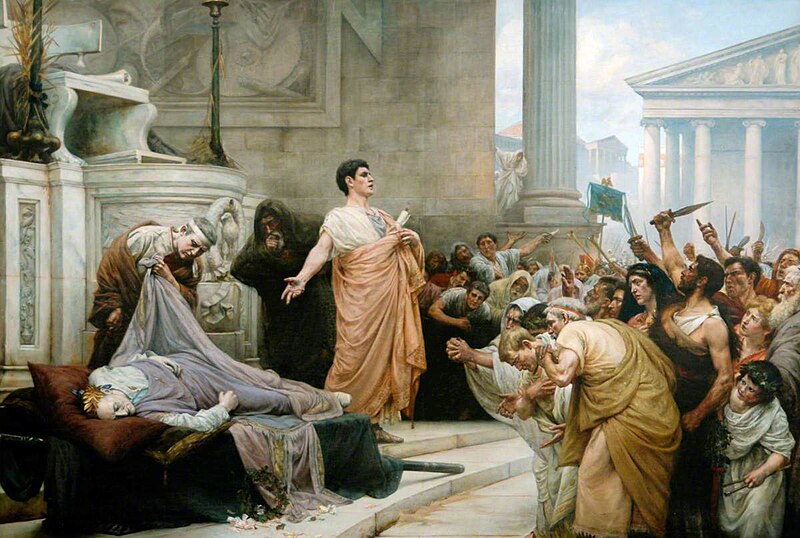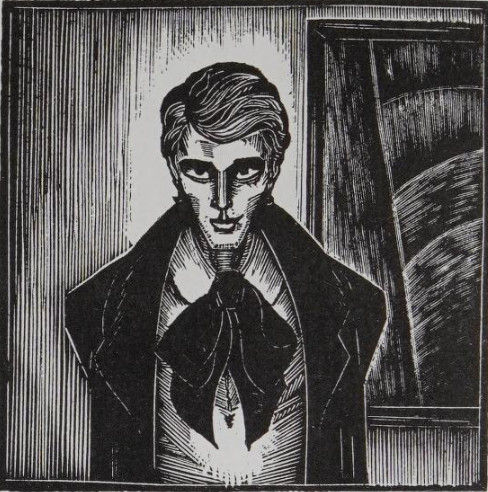Mark Twain approaches the international date line, 1895:
Sept. 8. To-morrow we shall be close to the center of the globe … And then we must drop out a day — lose a day out of our lives, a day never to be found again. We shall all die one day earlier than from the beginning of time we were foreordained to die. We shall be a day behindhand all through eternity. We shall always be saying to the other angels, ‘Fine day today,’ and they will be always retorting, ‘But it isn’t to-day, it’s tomorrow.’ We shall be in a state of confusion all the time and shall never know what true happiness is.
Next Day. Sure enough, it has happened. … While we were crossing the 180th meridian it was Sunday in the stern of the ship where my family were, and Tuesday in the bow where I was. They were there eating the half of a fresh apple on the 8th, and I was at the same time eating the other half of it on the 10th — and I could notice how stale it was, already.
That’s from Following the Equator. “[F]ortunately the ships do not all sail west, half of them sail east. So there is no real loss. These latter pick up all the discarded days and add them to the world’s stock again; and about as good as new, too; for of course the salt water preserves them.”




